Are you eager to see more blooms in your vegetable garden? Enhancing flower production in vegetable plants is key to a bountiful harvest. In this blog, we’ll explore various effective methods to boost flowering. From optimizing soil health to employing clever gardening techniques, we’ll guide you through simple yet impactful steps. Whether you’re a seasoned gardener or a beginner, these tips will help you increase the flower set in your vegetable plants, leading to a more fruitful garden.
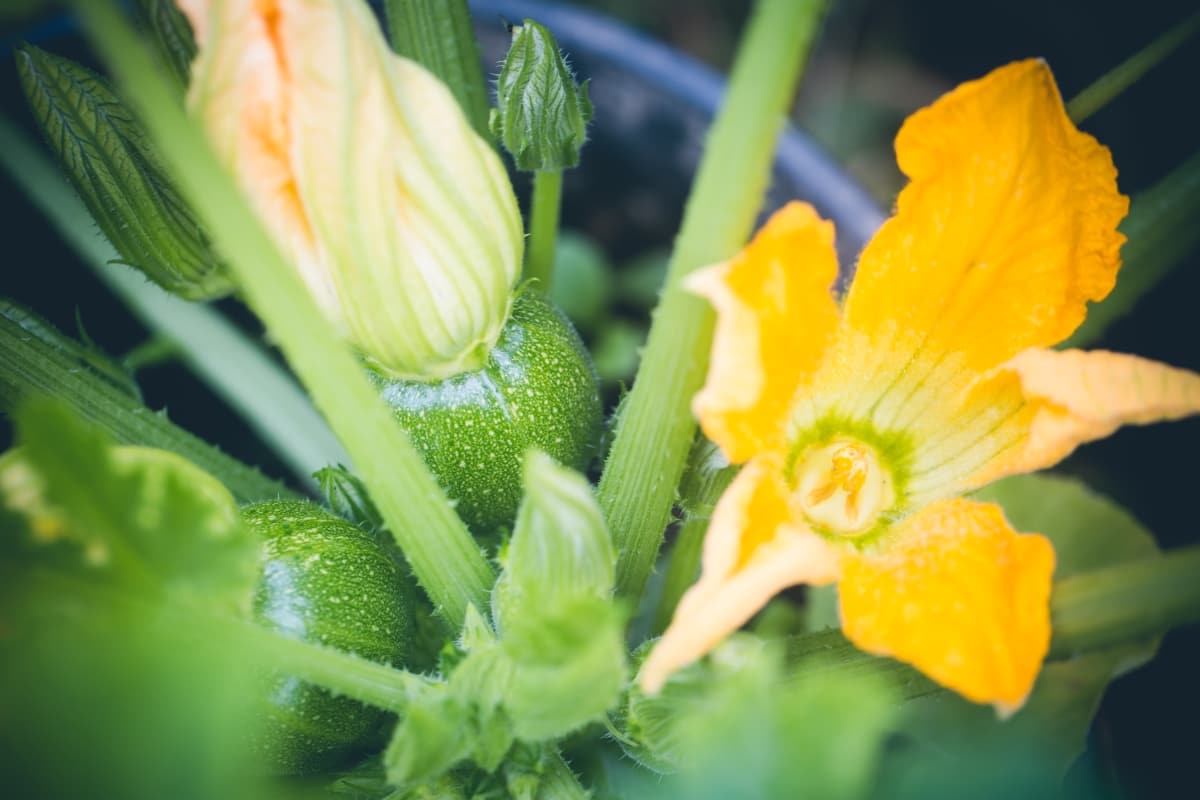
How to Increase Flowering in Vegetables
Understanding the Importance of Flowering in Vegetable Plants
Flowering is a crucial process in the life cycle of vegetable plants. It is the stage when the plant produces reproductive organs, such as stamens and pistils, that are essential for pollination and fruit formation. Flowering also determines the quality and quantity of the harvest, as well as the genetic diversity of the crop. Therefore, understanding the factors that affect flowering in vegetable plants can help gardeners and farmers optimize their production and improve their yields.
Identifying Factors Affecting Flowering in Vegetable Plants
Flowering in vegetable plants is influenced by both internal and external factors. Internal factors include the genetic makeup of the plant, its age, and its hormonal balance. External factors include environmental conditions, such as light, temperature, water, nutrients, pests, diseases, and stress. Some of these factors can trigger or inhibit flowering, while others can modify or regulate the timing and duration of flowering.
Providing Optimal Growing Conditions for Flowering Vegetables
Choosing the right location for vegetable planting. Most vegetable plants require full sun exposure for a day to produce abundant flowers and fruits. However, some vegetables, such as lettuce, spinach, and kale, can tolerate partial shade and may benefit from it during hot weather. The location should also have good air circulation and drainage to prevent fungal diseases and root rot. Optimizing soil conditions for enhanced flowering.
The soil should be fertile, well-drained, and rich in organic matter to support healthy plant growth and development. The soil pH should be between 6.0-7.0 for most vegetables, except for some acid-loving plants, such as blueberries and potatoes. The soil tested for nutrient levels and amended accordingly with organic fertilizers or compost to provide adequate nitrogen, phosphorus, potassium, calcium, magnesium, iron, and other micronutrients.
Phosphorus is especially important for flowering and fruiting, as it stimulates bud formation and enhances flower color and size. Implementing proper watering techniques for flowering vegetables. Water is essential for plant growth and metabolism, but too much or too little can affect flowering negatively. Overwatering can cause root rot, fungal diseases, nutrient leaching, and reduced flower production. Underwatering can cause wilting, stunted growth, flower abortion, and reduced fruit quality.
The best way to water vegetable plants is to use drip irrigation or soaker hoses water directly to the root zone by wetting the foliage. The frequency and amount of watering depend on the type of vegetable, the soil type, the weather conditions, and the stage of growth. A general rule is to water deeply but infrequently, keeping the soil moist but not soggy.
In case you missed it: Best Fertilizers to Increase Crop Yield: Boost the Yields of Vegetables, Fruits, Flowers, and Other Crops
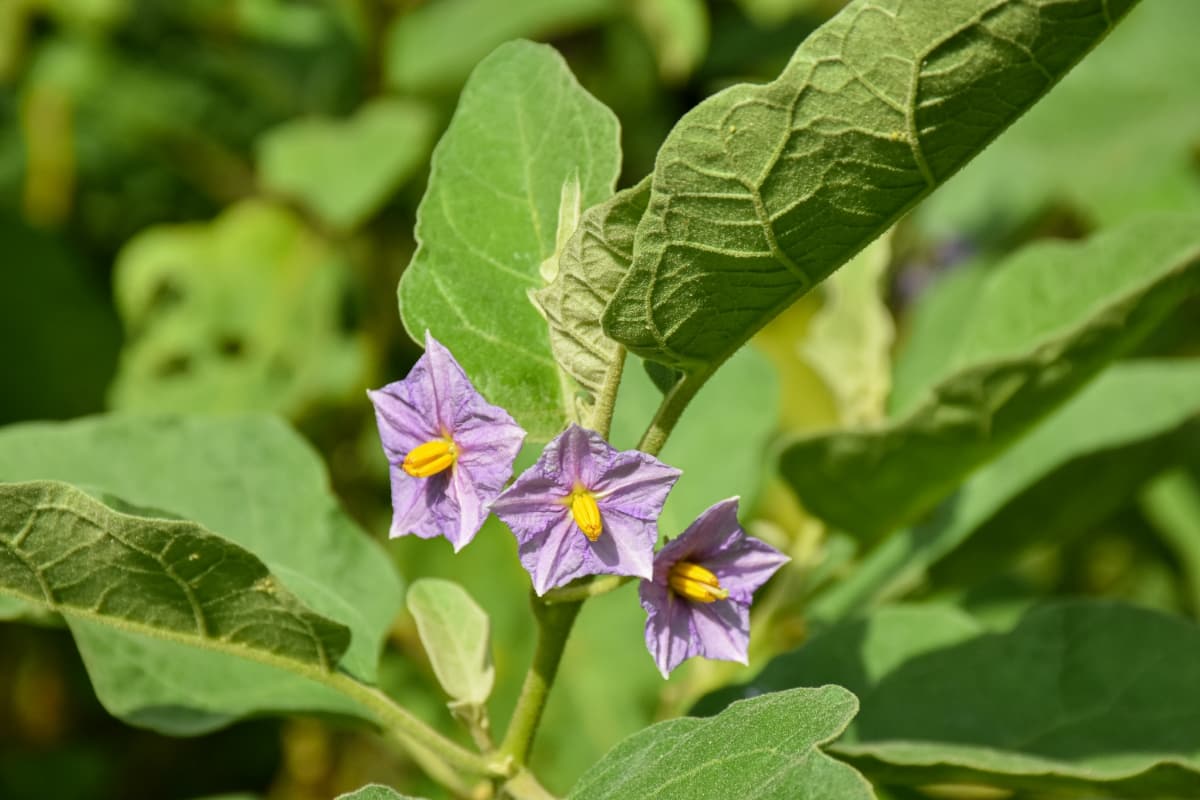
Managing nutrient levels to promote flower production. Nutrients for plant growth and development. Still, they need to be balanced and applied at the right time and rate to avoid nutrient deficiencies or toxicities that can affect flowering. Nitrogen is important for vegetative growth and leaf production, but too much can inhibit flowering and fruiting by stimulating excessive foliage growth at the expense of reproductive organs. Phosphorus is important for flowering and fruiting by stimulating bud formation.
Choosing the Right Location for Vegetable Planting
- Choose a site that gets at least six hours of direct sun per day. Most flowering vegetables need full sun to produce abundant and healthy flowers. Some exceptions are leafy greens, peas, and beans, which can tolerate partial shade.
- Avoid planting near trees, shrubs, or buildings that may cast shade or compete for water and nutrients. Also, avoid planting near areas that may have pests or diseases, such as compost piles, trash bins, or animal pens.
- Consider the size, spacing of your plants. Some flowering vegetables, such as squash, okra, and artichokes, can grow very large and need ample space to spread out. Others, such as peas, beans, and lettuce, can be planted closer together or intercropped with other plants. Plan your layout according to the mature size and growth habits of your plants.
Optimizing Soil Conditions for Enhanced Flowering
- Add organic matter to your soil regularly. Organic matter improves soil structure, water retention, drainage, aeration, and fertility. It also adds beneficial microorganisms that help decompose organic matter, release nutrients for your plants. Add organic matter to your soil by applying compost, manure, mulch, or cover crops.
- Adjust the soil pH to suit your plants. Soil pH is a measure of acidic, alkaline your soil is. Different plants have different preferences for soil pH. Most flowering vegetables prefer a slightly acidic soil pH of 6.0 to 6.5.
- Avoid over-fertilizing or under-fertilizing your plants. Over-fertilizing can cause excessive vegetative growth at the expense of flowering, as well as nutrient imbalances, salt accumulation, and pollution. Under-fertilizing can cause poor growth, reduced flowering, and susceptibility to pests and diseases.
In case you missed it: Tailoring DIY Vegetable Plants Fertilizers to Different Growth Phases
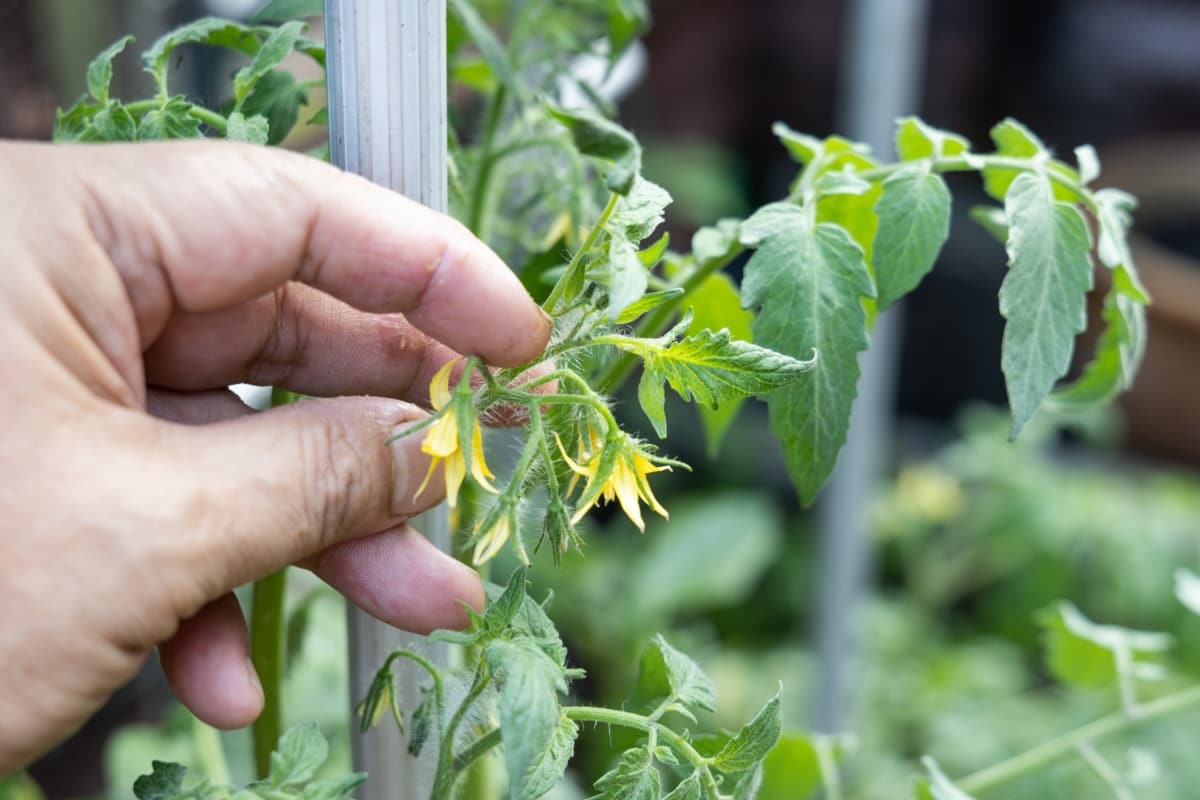
Implementing Proper Watering Techniques for Flowering Vegetables
Water deeply but infrequently. Deep watering encourages deep root growth prevent drought stress. Infrequent watering to the soil to dry out slightly between waterings and prevents waterlogging or root rot. The frequency of watering on the weather, soil type, and plant type. A general rule is to water once a week during dry periods or when the top inch of soil dry to the touch.
Water early in the morning or late in the evening. Watering during these times reduces water loss due to evaporation and prevents leaf scorching due to sun exposure. Avoid watering in midday when the sun is at its peak. Water at the base of the plants rather than overhead. Watering at the base of the plants delivers water directly to the roots where it is needed most. It also reduces water splashing on the leaves, which can spread diseases or attract pests. You can use drip irrigation, soaker hoses, watering cans, or buckets to water the base of the plants.
Mulch your soil to conserve moisture and prevent weeds. Mulching practice of covering the soil surface with a layer of organic or inorganic material. Mulch helps retain soil moisture, reduce evaporation, suppress weeds, moderate soil temperature, and add organic matter. Use materials such as straw, leaves, grass clippings, wood chips, newspaper, plastic, or gravel as mulch.
Managing Nutrient Levels to Promote Flower Production
Apply balanced fertilizers that contain nitrogen (N), phosphorus (P), and potassium (K) in equal proportions. These three nutrients are the most important for plant growth and development. A balanced fertilizer provides a general boost to your plants and helps them grow and flower well. Use specific fertilizers that have higher or lower amounts of certain nutrients depending on your plants’ needs.
For example, you can use a high-phosphorus fertilizer to boost flower production in your plants. Phosphorus is especially important for root and flower development. You can also use a low-nitrogen fertilizer to reduce vegetative growth and encourage flowering. Nitrogen promotes leafy growth but can inhibit flowering if applied in excess.
Apply micronutrients that are essential for plant health and function. Micronutrients are nutrients that plants need in very small amounts, such as iron, manganese, zinc, copper, boron, molybdenum and chlorine. Micronutrients play important roles in various processes, such as chlorophyll synthesis, enzyme activation, hormone regulation, and disease resistance. You can apply micronutrients by using foliar sprays, soil amendments, or chelated fertilizers.
In case you missed it: Easy Homemade Recipes for Garden Plants: Natural and Organic Fertilizer for Vegetables, Flowers, and Houseplants
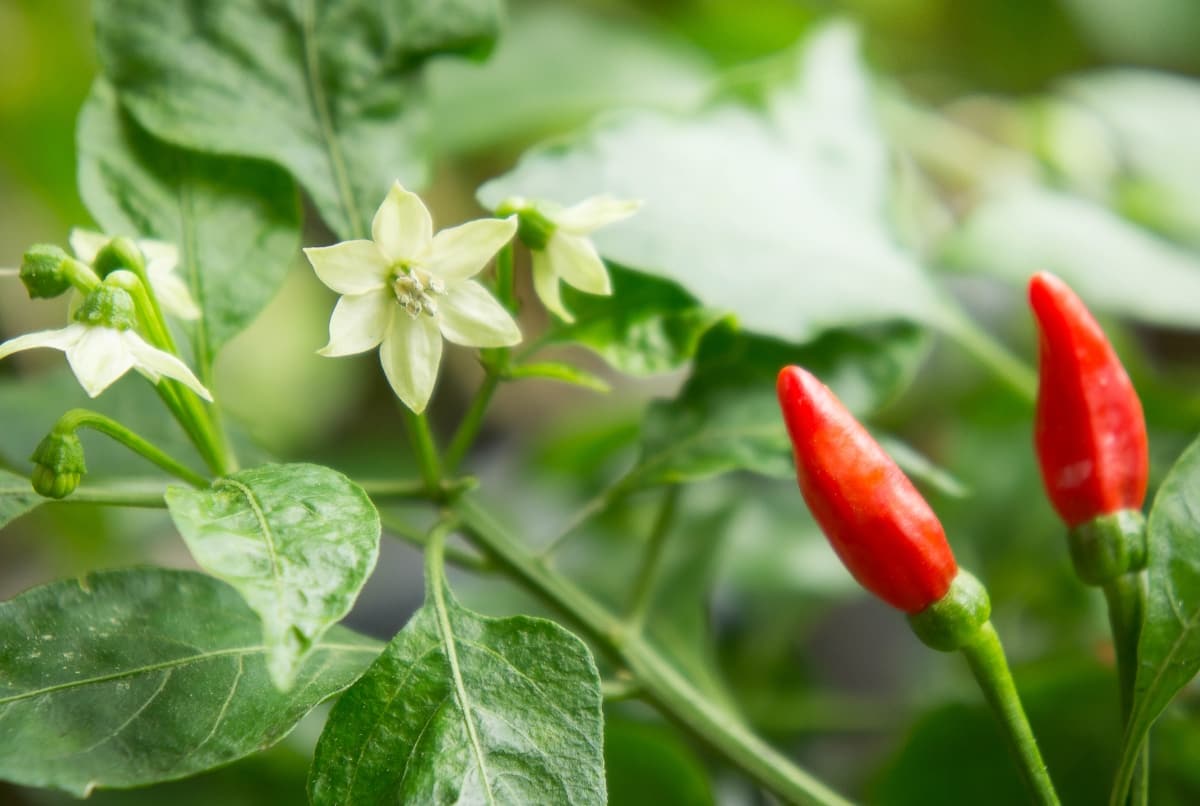
Avoid nutrient deficiencies or toxicities that can affect plant growth and flowering. Nutrient deficiencies occur plants do not get enough of a certain nutrient they need. Nutrient toxicities occur when plants get too much of a certain nutrient they do not need or cannot tolerate. Both nutrient deficiencies and toxicities can cause symptoms such as stunted growth, yellowing or browning of leaves, wilting, curling, dropping, or deformed flowers. You can prevent or correct nutrient deficiencies or toxicities by testing your soil and applying the appropriate fertilizers or amendments.
Pruning and Training Techniques for Increased Flowering
Pinch off the tips of young shoots by encourage branching and bushiness. This technique is especially useful for plants that tend to grow tall and leggy, such as tomatoes, peppers, eggplants, and basil. Pinching off the tips stimulates the growth of lateral buds that produce more branches and flowers.
Remove suckers from tomato plants to increase fruit size and quality. Suckers are side shoots that grow from the base of the main stem or the leaf axils of tomato plants. Suckers divert energy from the main stem and reduce fruit production. Removing suckers to the plant to focus on producing larger and better fruits on the main stem.
Thin out overcrowded or weak branches to improve light penetration and air circulation. This technique is helpful for plants that have dense foliage or produce many branches, such as squash, cucumbers, melons, and beans. Thinning out overcrowded or weak branches reduces shading and competition among the branches and improves flower formation and pollination.
Tie up or stake tall or climbing plants to support their weight and prevent bending or breaking. This technique is beneficial for plants that have long vines or heavy fruits, such as peas, beans, tomatoes, cucumbers, and melons. Tying up or staking tall or climbing plants keeps them upright and exposes them to more light and air. It also prevents damage to the stems or fruits due to contact with the ground.
Controlling Pests and Diseases to Ensure Healthy Flowers
Flowers face numerous challenges from pests and diseases, reducing their quality and quantity. To ensure healthy flowers, integrated pest management (IPM) practices, which combine cultural, biological, physical, and chemical methods, should be adopted. Common pests and diseases include powdery mildew, which causes white patches on leaves, stems, and buds, and thrips, which cause distorted or scarred flowers and transmit viral diseases.
In case you missed it: Government Subsidy for Vegetable Crops in India: How to Avail up to 40–60% under MIDH Scheme
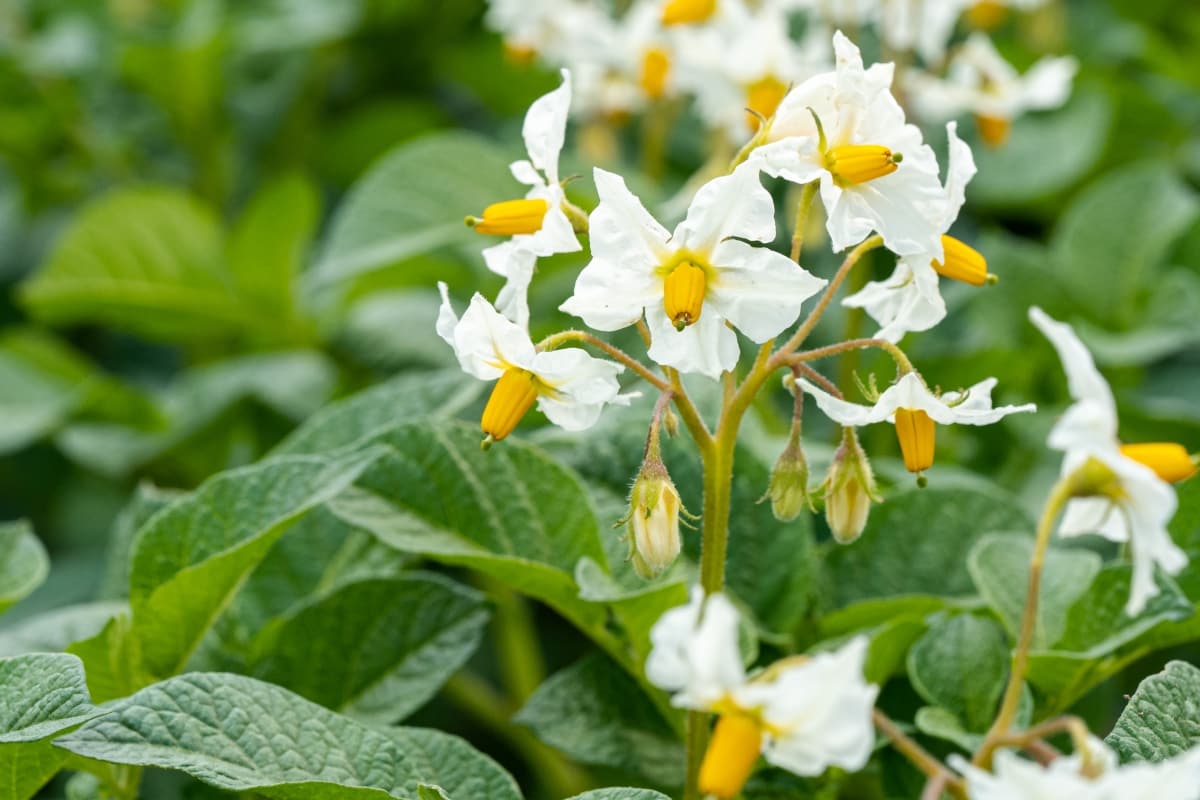
To prevent thrips, use reflective mulches, yellow sticky traps, or insect-proof nets. To control mites, avoid dry and dusty conditions, provide adequate irrigation and ventilation, and spray horticultural oil or miticides. By adopting IPM practices, flowers can be protected from these pests and diseases, ensuring their continued growth and health.
Using Fertilizers and Supplements to Boost Flower Production
Fertilizers and supplements are essential for flower production, providing essential macronutrients like nitrogen, phosphorus, and potassium, and micronutrients like iron, manganese, and zinc. Common fertilizers and supplements include compost, bone meal, and Epsom salt.
Compost improves soil structure, water retention, and nutrient availability, while bone meal stimulates root growth and flowering, and Epsom salt enhances chlorophyll production, photosynthesis, and flower color. Applying compost at a rate of 2 to 4 inches per year to flower beds can help suppress soil-borne diseases and pests. Epsom salt can also be applied as a foliar spray or soil drench every two weeks.
Understanding the Role of Pollination in Vegetable Flowering
Pollination is the transfer of pollen from the male part of a flower to the female part of another flower, crucial for the fertilization and development of fruits and seeds in vegetable crops. Factors affecting pollination include flower type, pollinator attraction, and environmental conditions.
In case you missed it: 17 Gardening Mistakes to Avoid This Summer: For Vegetables, Flowers, Herbs, and Fruits
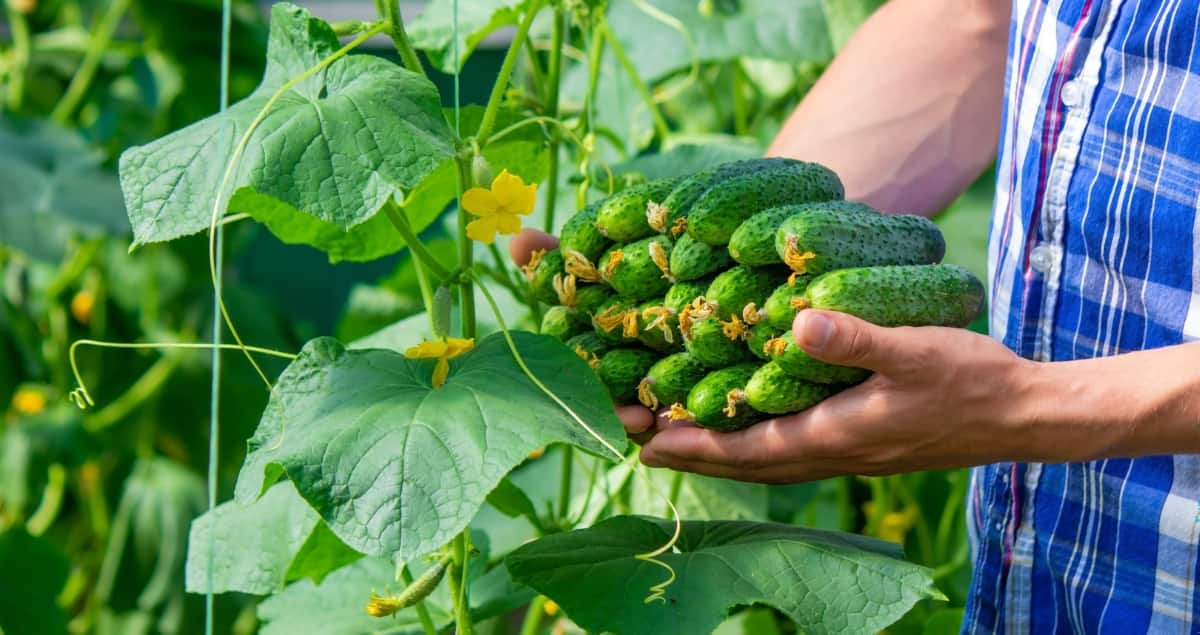
Perfect flowers, such as tomato, pepper, and eggplant, self-pollinate without external agents, while imperfect flowers require cross-pollination between different flowers. Showy flowers attract pollinators through color, shape, scent, or nectar, while inconspicuous flowers rely on wind or vibration. Environmental conditions, like temperature, humidity, light intensity, or day length, can affect optimal flower production and pollination in certain crops.
Conclusion
Increasing flowering in vegetable plants involves a blend of techniques like soil improvement, proper watering, and strategic pruning. By implementing these methods, gardeners can significantly enhance flower production, leading to a more abundant and healthier harvest. Remember, patience and consistent care are key to a flourishing vegetable garden.
- Types of Pesticides Used in Agriculture: A Beginner’s Guide
- Economical Aquaculture: A Guide to Low-Budget Fish Farming
- 15 Common Planting Errors That Can Doom Your Fruit Trees
- How to Make Houseplants Bushy: Effective Tips and Ideas
- Innovative Strategies for Boosting Coconut Pollination and Yield
- Pollination Strategies for Maximum Pumpkin Yield
- The Complete Guide to Chicken Fattening: Strategies for Maximum Growth
- Natural Solutions for Tulip Problems: 100% Effective Remedies for Leaf and Bulb-Related Issues
- Revolutionizing Citrus Preservation: Towards a Healthier, Greener Future
- Natural Solutions for Peony Leaf and Flower Problems: 100% Effective Remedies
- Maximizing Profits with Avocado Contract Farming in India: A Comprehensive Guide
- Natural Solutions for Hydrangea Problems: 100% Effective Remedies for Leaf and Flowers
- The Ultimate Guide to Choosing the Perfect Foliage Friend: Bringing Life Indoors
- From Sunlight to Sustainability: 15 Ways to Use Solar Technology in Agriculture
- The Ultimate Guide to Dong Tao Chicken: Exploring from History to Raising
- The Eco-Friendly Makeover: How to Convert Your Unused Swimming Pool into a Fish Pond
- Mastering the Art of Delaware Chicken Farming: Essentials for Healthy Backyard Flocks
- 20 Best Homemade Fertilizers for Money Plant: DIY Recipes and Application Methods
- How to Craft a Comprehensive Free-Range Chicken Farming Business Plan
- Brighten Your Flock: Raising Easter Egger Chickens for Beauty and Bounty
- How to Optimize Your Poultry Egg Farm Business Plan with These Strategies
- Subsidy for Spirulina Cultivation: How Indian Government Schemes Encouraging Spirulina Farmers
- Ultimate Guide to Raising Dominique Chickens: Breeding, Feeding, Egg-Production, and Care
- Mastering the Art of Raising Jersey Giant Chickens: Care, Feeding, and More
- Ultimate Guide to Raising Legbar Chickens: Breeding, Farming Practices, Diet, Egg-Production
- How to Raise Welsummer Chickens: A Comprehensive Guide for Beginners
- How to Protect Indoor Plants in Winter: A Comprehensive Guide
- Ultimate Guide to Grow Bag Gardening: Tips, Tricks, and Planting Ideas for Urban Gardeners
- Guide to Lotus Cultivation: How to Propagate, Plant, Grow, Care, Cost, and Profit
- Agriculture Drone Subsidy Scheme: Government Kisan Subsidy, License, and How to Apply Online
- Ultimate Guide to Raising Araucana Chickens: Breed Profile, Farming Economics, Diet, and Care
- Bringing Hydroponics to Classroom: Importance, Benefits of Learning for School Students
- Ultimate Guide to Raising Polish Chickens: Breed Profile, Farming Economics, Diet, and Care
- Ultimate Guide to Raising Australorp Chickens: Profile, Farming Economics, Egg Production, Diet, and Care
- Silkie Chicken Farming: Raising Practices, Varieties, Egg Production, Diet, and Care
- Sussex Chicken Farming: Raising Practices, Varieties, Egg Production, Diet and Care